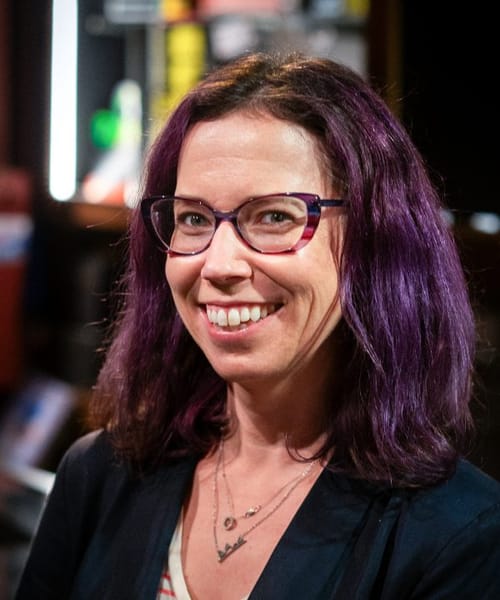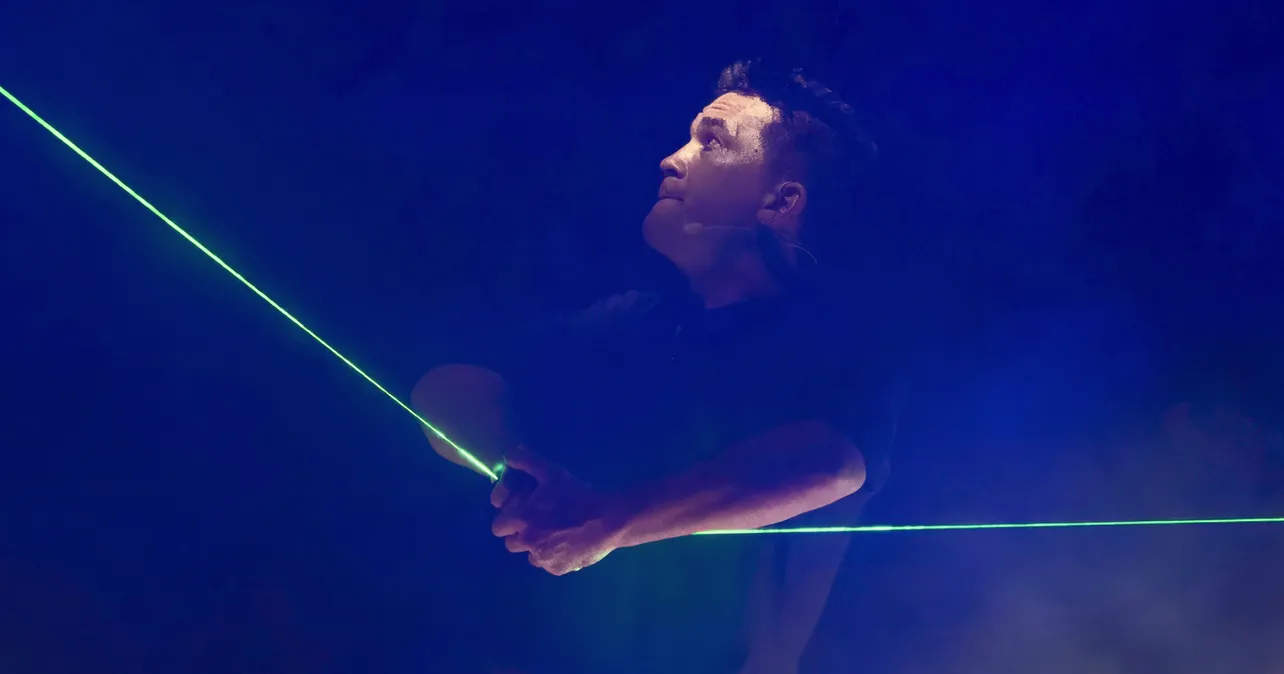When Jason Latimer won the FISM Grand Prix in 2003, he had no idea that a decade later, a talk would transform his career. In 2013, he was invited to give a lecture at TEDxWallStreet.
He originally planned to talk about magic and technology, but when his father passed away a month before the event, he chose instead to discuss why the world needs wonder, especially in our age, where the answer to everything is seemingly just a phone tap away.
Jason explained in his talk that the internet ranks ideas by popularity, and things that are popular aren’t necessarily true. But for generations who never knew a world without the internet or social media, “truth” is often determined by likes, clicks, and shares. This, in turn, curtails wonder—you look up the “answer” and unquestioningly move on.
“Had the internet been around when we collectively thought the Earth was flat, you’d never be able to search the true shape of Earth via any search engine, because everyone’s uploading the wrong answer,” he explained.
That TEDx talk sparked interest from museum administrators, who found it particularly resonant for their education work. Through their outreach, Jason realized that schools and learning centers would be hit faster and harder by the truth-by-popularity structure of the internet. He saw an opportunity. “[I was] really rethinking my life choices about how I was using my career, and I decided that I wanted to hang my hat up from performing in the casino and see if I could throw my hat in the education space,” he said.
Jason put his plan into action and called every science center and museum in Southern California. The Fleet Science Center in San Diego was the only one who called him back, and starting in 2014, he performed his show there, reframed as a science lecture. His run, which was initially supposed to be eight weeks, was extended for a year and a half. The Fleet Science Center also appointed him their curator of Impossible Science. Based on those successes, he went on to develop exhibits at museums in California, Oregon, and Arizona that explore the same concepts he does in his show.

